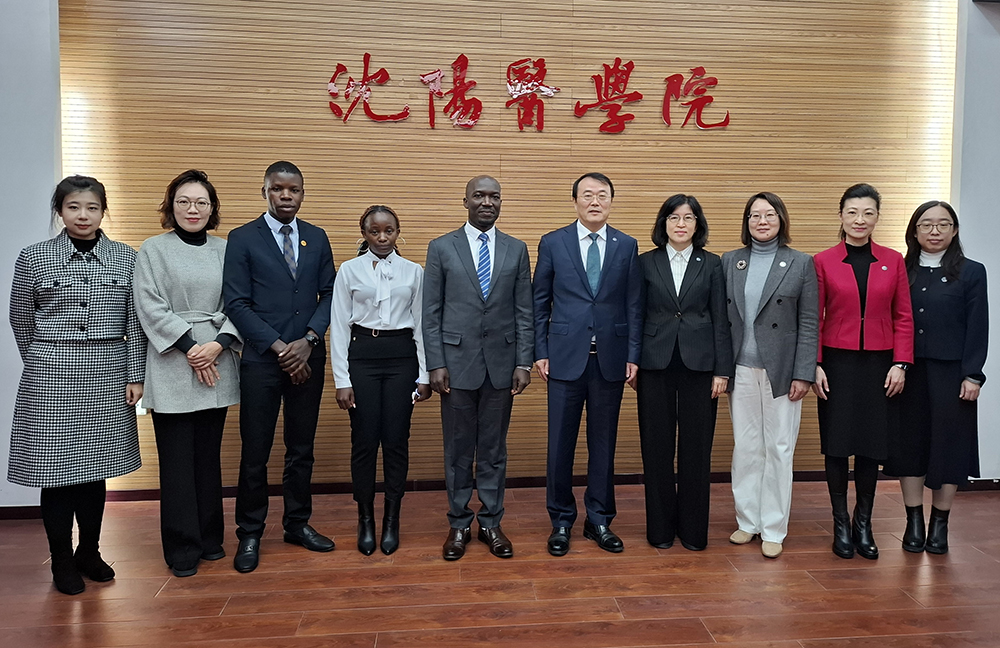Uganda To Be 2nd Fastest Growing Economy in East African Community In 2024, Says World Bank

The World Bank Global Economic Prospects indicate that Uganda and the Democratic Republic of Congo (DR Congo) will have the second fastest growing economies in the East African Community (EAC) with a growth rate of 6.0 percent in 2024.

A view of downtown Kampala.
According to the World Bank’s Global Economic Prospects, Uganda and the Democratic Republic of the Congo (DR Congo) would have the East African Community’s (EAC) second-fastest-growing economy in 2024, with growth rates of 6.0 percent.
Burundi’s economy is projected to register a 3.8 percent growth with Somalia at 3.7 percent and South Sudan at 2.0 percent.
“The positive economic development in the region will lead to increased trade and improvement in people’s income arising from commodity products following the recovery Covid-19 pandemic, which affected the economic activities and people’s health at its peak in 2020, 2021, and 2022,” the report notes.
Regarding economic outlook at continental level, the World Bank said growth in Sub Saharan Africa (SSA) is projected to pick up from 3 percent in 2023 to 3.5 percent in 2024 and about 4 percent annually in 2025-26, as fading inflationary pressures allow for interest rate cuts, which will support private consumption and investment.
“Growth in the region’s largest three economies are expected to accelerate from 1.8 percent in 2023 to 2.4 percent in 2024 and an average of 2.6 percent in 2025-26. Yet, this is markedly below the region’s average growth,” said the World Bank.
The SSA largest economies include Nigeria, South Africa and Angola, which have all been weak in the past years. Growth in Nigeria is to bet at 3.3 percent, South Africa at 1.2 percent and Angola at 2.9 percent in 2024.
“Non-resource-rich economies are forecast to maintain growth above their historical average rate, while resource-rich economies recover from their slow growth in 2023 that mainly reflected declining metal prices. Per capita GDP in SSA is expected to grow, on average, by a meager 1 percent this year and average 1.4 percent in 2025-26,” the World Bank explained.

A graph showing GDP growth rate
The World Bank explains that risks to the outlook are tilted to the downside. Downside risks include increasing global geopolitical tensions, especially an escalation of the conflict in the Middle East; a further deterioration in regional political stability; increased frequency and intensity of adverse weather events.
The World Bank also pointed out that consumer price inflation could prove to be stickier than expected or pick up again driven, for example, by food price inflation caused by supply disruptions, possibly triggered by an escalation of the conflict in the Middle East.
“Furthermore, extreme weather events raise the likelihood of renewed upward pressure on food prices in affected economies. For instance, the current El Niño weather pattern has brought above average rainfall and flooding to east Africa, but severe drought to southern Africa. An increase in the frequency and severity of droughts or floods would exacerbate poverty across SSA and intensify food insecurity in many countries,” the World Bank said.
The World Bank emphasized that global growth is stabilizing for the first time in three years and stated that global growth is projected to hold steady at 2.6% in 2024 before edging up to an average of 2.7 percent in 2025-26. That is well below the 3.1% average in the decade before Covid-19.
The forecast implies that over the course of 2024-26, countries that collectively account for more than 80 percent of the world’s population and global GDP would still be growing more slowly than they did in the decade before Covid-19.







